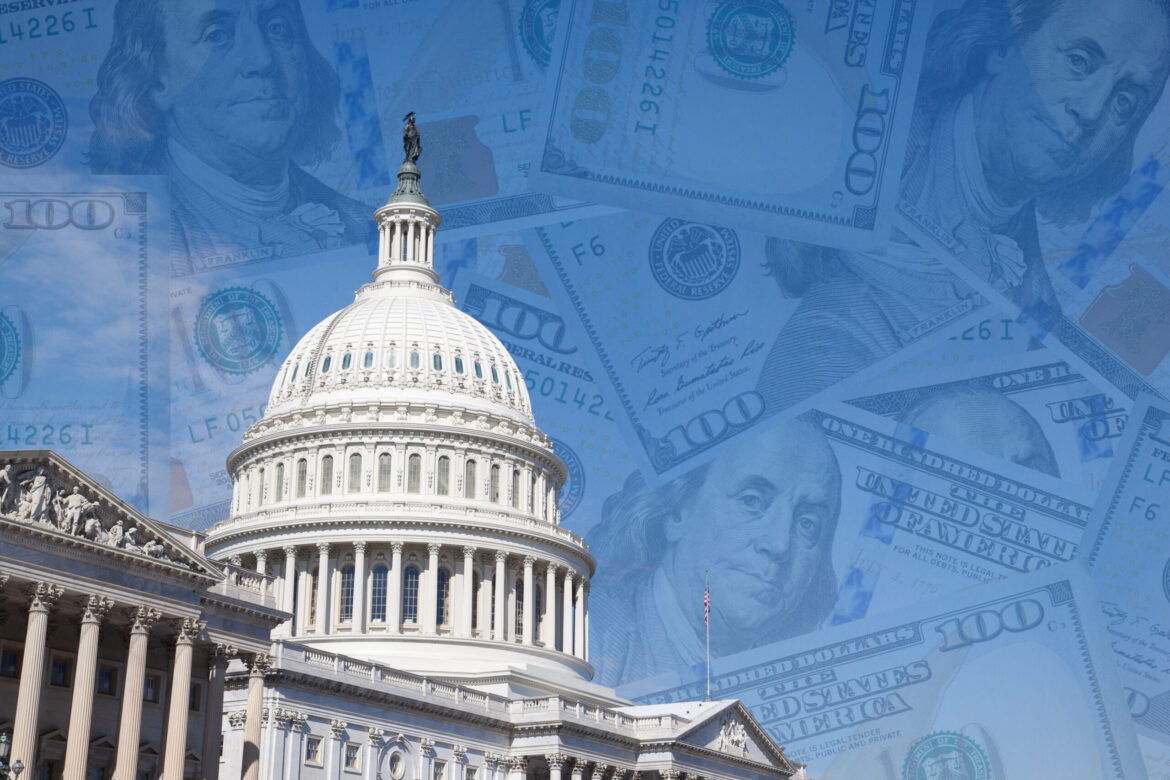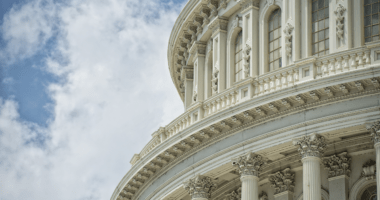Budget Reconciliation: What School Leaders Need to Know
NAESP's advocacy expert, David Griffith, breaks down the impending budget reconciliation process and what it means for K-12 education.

You’ll be hearing quite a bit about Congress working on something called “budget reconciliation” when they return to work April 28.
What exactly is budget reconciliation, and what does it mean for K-12 education? We’ve put together some information so school leaders are in the know.
What is budget reconciliation?
Budget reconciliation is a special legislative process that allows Congress to work relatively quickly on proposals related to spending, taxes, and/or the debt ceiling. It is intended to give Congress the ability to pass a comprehensive set of tax and spending plans.
Why does budget reconciliation matter?
One of the biggest advantages to budget reconciliation is that it is not subject to a Senate filibuster (a 60-vote threshold) and thus only requires a simple majority to pass the bill. There are 53 Republican senators and 47 Democratic senators (two Independent senators typically vote with the Democrats). Vice President J.D. Vance is able to vote to break any tie votes.
What can be included in a reconciliation bill?
Only policies directly related to revenue, spending, and the debt limit are allowed. Importantly, reconciliation can only include mandatory spending programs like Medicaid and school meals. It does not affect annual appropriations funding, which is how most federal K-12 programs like Title I and IDEA are funded.
Reconciliation cannot include non-fiscal provisions like establishing a federal school voucher program or make changes to Title IX.
The Senate is very strict about what can and cannot be included in a reconciliation bill. The Senate parliamentarian makes the final decision when there is a question of whether a provision is able to be included or not.
How often can reconciliation be used?
In theory it can be used up to three times per year: once for a bill on taxes, once for a bill on mandatory spending, and once for a bill on the debt limit. In practice and historically speaking, Congress combines taxes and spending into one bill.
Indeed, President Donald Trump has talked about a “one big beautiful bill” strategy and his preference for one comprehensive bill for taxes and spending, which is the approach being taken by the House. The Senate preferred a “two-track” strategy that would have addressed one bill on revenue now and a tax bill later this year.
How does reconciliation work?
The House and Senate must first pass budget resolutions outlining in broad terms the revenue and spending goals. The first House budget resolution set a goal of cutting spending by $2 trillion and cutting taxes by $4 trillion. The resolution targeted cuts to Medicaid of at least $880 billion. The House passed a second budget resolution identical to the Senate budget resolution that would cut taxes by $5 trillion but only cut spending by only $4 billion (the Senate set a very low target that they will exceed by large orders of magnitude).
Indeed, both House and Senate leaders have said they expect spending cuts much higher than that, with some House leaders vowing to cut as much as in their original budget resolution (i.e., $2 trillion).
Now that a joint budget resolution has been passed by both the House and Senate individual committees are beginning the work of crafting plans for the programs and activities under their jurisdictions to meet the target fiscal goals.
Like the budget resolution, the House and Senate must ultimately pass identical budget reconciliation bills.
When has reconciliation been used in the past?
Several major initiatives were enacted via reconciliation in recent years, including the Affordable Care Act, the Trump tax cuts in 2017, and the American Rescue Plan.
What does reconciliation mean for K-12 education?
Although reconciliation doesn’t directly impact the annual appropriations process that is used to fund most federal K-12 programs like Title I and IDEA as previously mentioned, a reconciliation bill will affect K-12 education in a number of ways.
- School meals. The federal school meals program is a mandatory spending program. A cut to it would result in less students eligible to receive a free school meals.
- Proposed cuts to Medicaid. Directly, Medicaid is the fourth largest source of federal funds for K-12 education. It reimbursed more than $7 billion last year to schools for health services and personnel provided to students under the Individuals with Disabilities Education Act or who are eligible for Medicaid. Indirectly, significant cuts to Medicaid will put great pressure on state budgets that will likely squeeze education funding.
- Annual federal funding. If reconciliation cuts taxes without a corresponding decrease in mandatory spending then the annual deficit will increase. These increased deficit considerations will be a major factor in determining annual appropriations for programs like K-12 education.
What is the schedule moving forward?
House committees will begin work on their respective packages when members return the week of April 28. Congressional Republican leaders are hoping to enact a reconciliation bill before Memorial Day.
David Griffith is associate executive director, Policy and Advocacy, at NAESP.




